The term “New Normal” has been around since the late 2000s and had been mostly used in the western world. But it was the first time for the Philippines to use this term, as the country dealt with the COVID-19 pandemic. New Normal meant wearing face masks, social distancing, no longer meeting friends in public spaces, working from home, and a massive change with how people travel both in the metro and in the provinces.
Unfortunately, not all the changes that came along with this New Normal was sustainable. People still couldn’t go to work safely; practices like online shopping were contributing more to pollution because of single-use plastics; and it generally felt like there was nothing we could do about it. That was until people mobilized and showed that the term “Better Normal” seemed more apropos, and is definitely possible.
Here are some of the awesome solutions we demonstrated in 2020:
At the height of the pandemic, several initiatives were created to help protect our frontliners and healthcare workers. One example of which came from the farmers of Good Food Community, who provided healthy, nutritious food to barangay health workers in Quezon City. Not only did this show the possibility and effectiveness of a shorter value chain between farmers and consumers; it also helped lessen the burden carried by those who worked tirelessly to fight the spread of COVID-19.
The youth are a force to reckon with
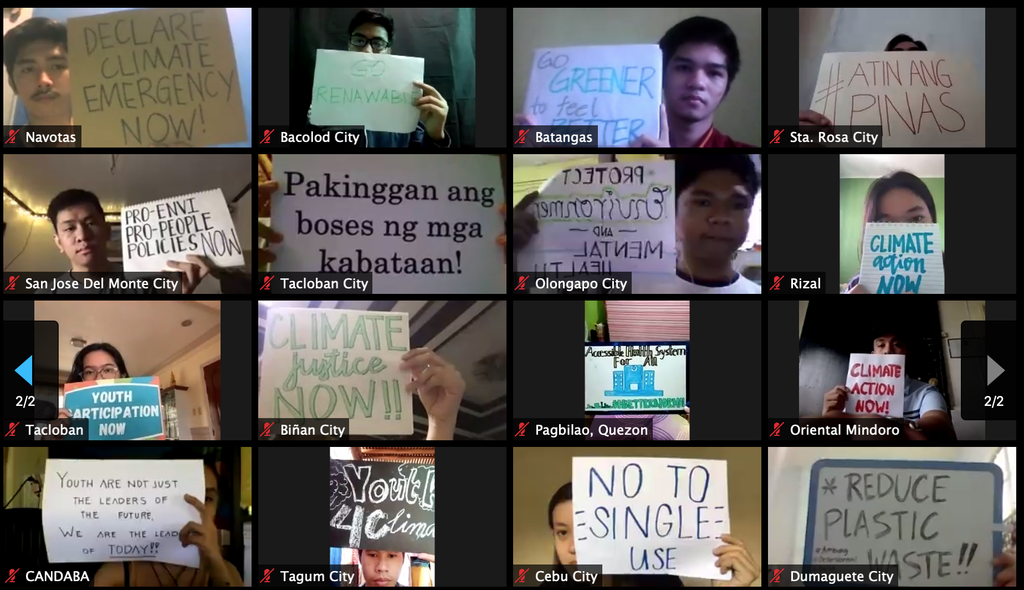
Calling for accountability doesn’t have age restrictions, as shown by Filipino youth leaders when they demanded Pres. Rodrigo Duterte to ensure that his COVID-19 recovery plan would lead to a green and better normal. Touted before the president’s State of the Nation Address, the Better Normal Youth Agenda pushed for youth participation within the democratic society, prioritizing solutions to the ongoing food, health, and climate crises, and making local and national policy-making more people-centric.
Collective citizen action works, and protected bike lanes are essential for building better, more livable cities.
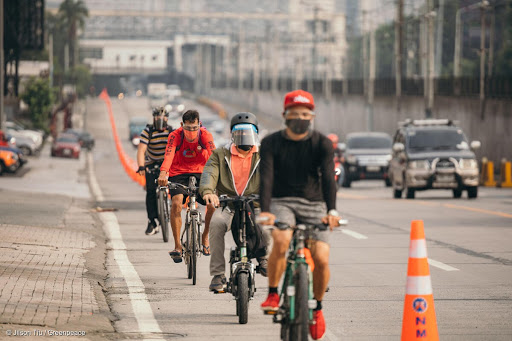
Metro Manila being a megacity that heavily relied on public transportation, thousands of residents in the national capital region shifted from the use of public transportation to bicycles. This led to groups calling for protected bike lanes along major highways, and the formation of the EDSA Bike Lane Initiative, in which mayors from cities in Metro Manila were urged to advance the protection of bike lanes. If bike lanes are properly implemented in city planning and are made safe, more people would better see bicycles as a viable alternative when commuting, and that bike lanes are an important component in planning a healthier, greener design for our cities.
Filipinos are demanding accountability and urgent action to address the climate crisis
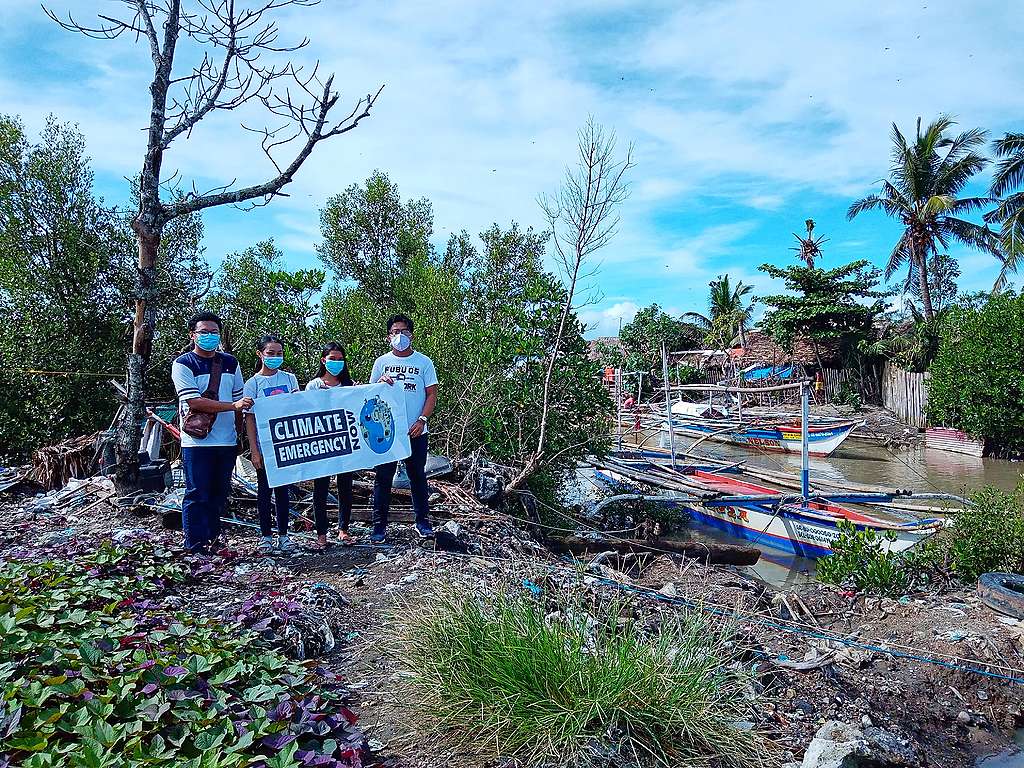
Lastly, people have had enough of the term “resiliency” after back-to-back typhoons ravaged several key areas of the country. Thousands took to social media to call for accountability, using the #ClimateEmergency hashtag and denouncing the overused Filipino resiliency story. And, while people have gone beyond the norm in terms of helping others despite the ongoing pandemic, communities continue to push for the declaration of a climate emergency. According to Greenpeace Philippines Climate Justice Campaigner Virginia Benosa-Llorin, the government must strengthen policies to mitigate the climate crisis and its impacts, and not just focus on responding to and preparing for calamities.
Our call for a national climate emergency declaration is gaining ground. We must keep the momentum going to see more concrete and bigger actions on climate in 2021. Sign the petition now.

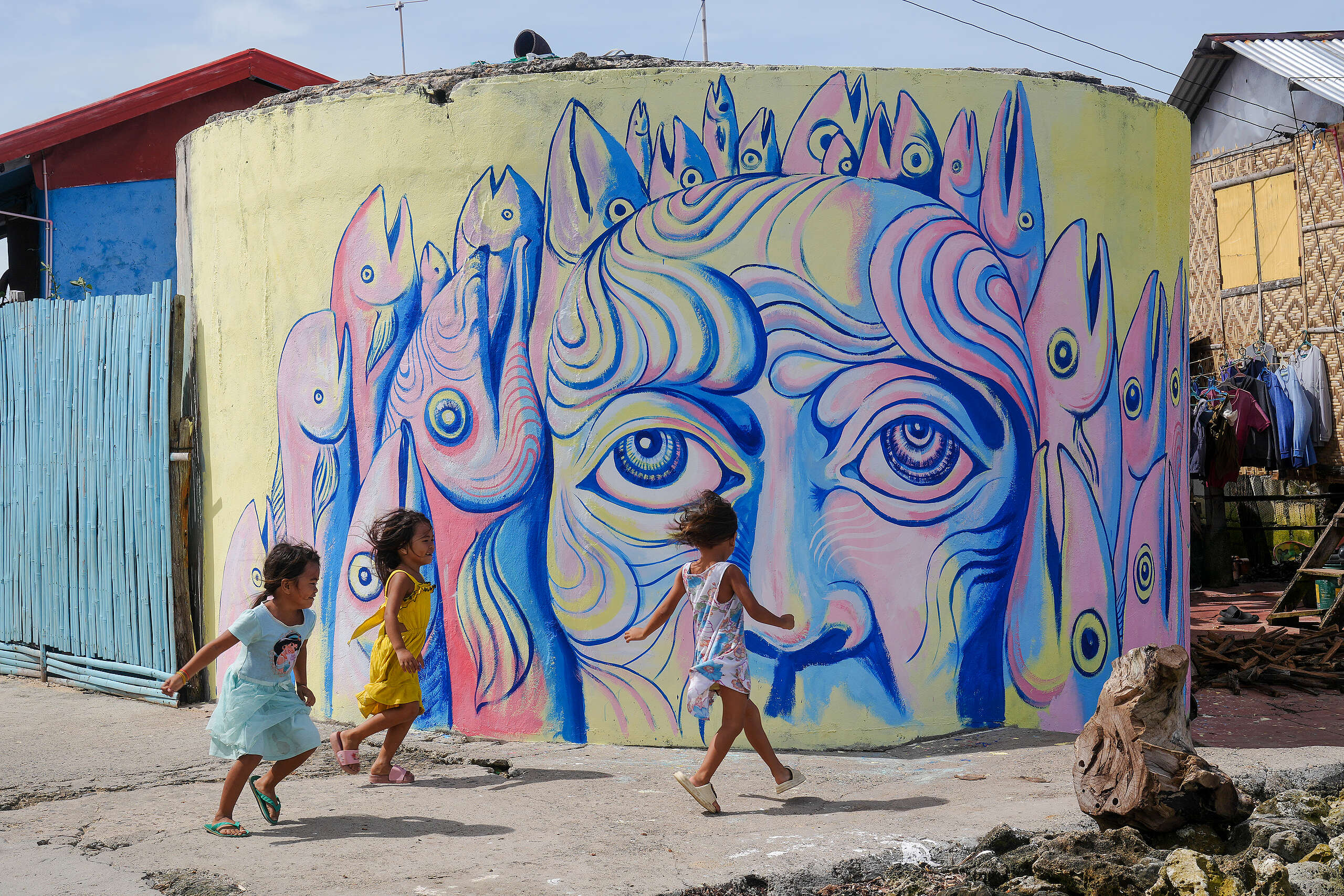
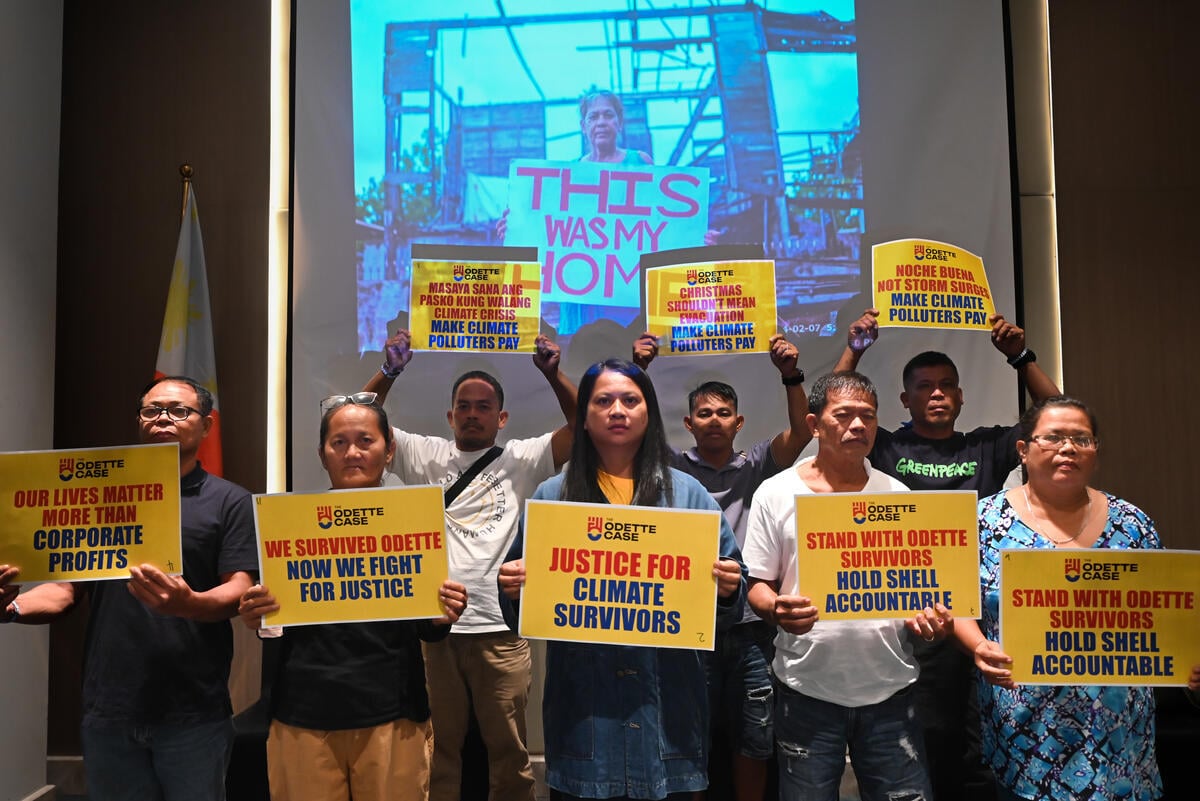
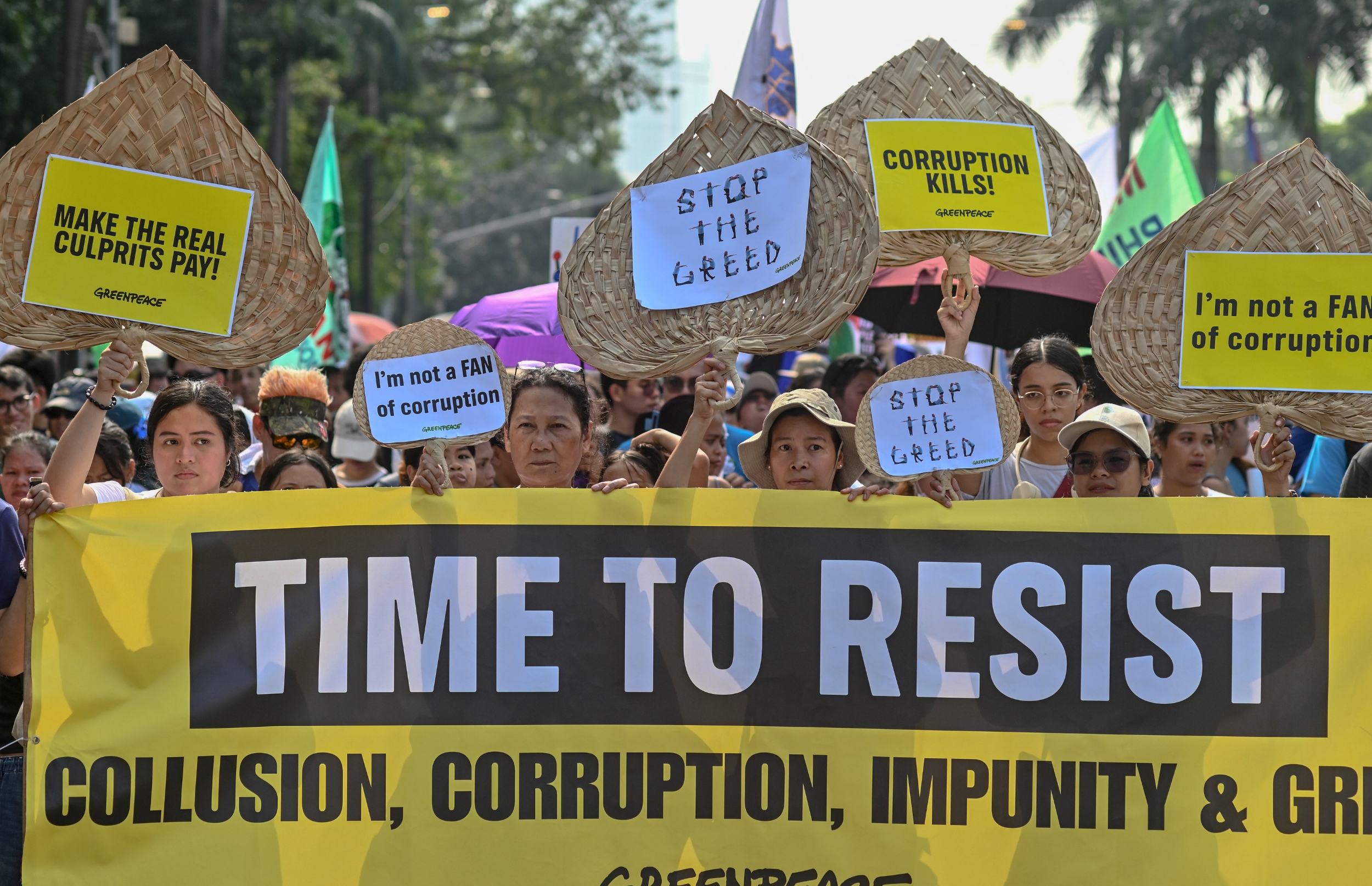
Discussion
WHEN WILL THE GOVERNMENT AND PRIVATE SECTOR TAKE MORER DRASTIC ACTIONS TOWARDS ADRRESSING THE NOW RAGING EFFECT OF CLIMATE CHANGE AND NATURE DEGRADATION, WHAT HAPPENED WITH THE NON-STOP FLOODING OF OUR LOWLAND AREAS ARE WAKE-UP CALLS AND IF MITIGATIONS ARE NOT IMMEDIATELY UNDERTAKEN MORE AGRESSIVELY, WE WOULD SEE LAND AREAS LOST TO THE SEA, MORE HOMELESS FAMILIES, MORE BUSINESS RELOCATING, MORE UNEMPLOYED AND MORE....
Many Filipinos are affected by the recent typhoons but the hope never left their hearts. Efforts from different people and organizations warmed the hearts of many families. One example of bayanihan is Childhope Philippines' Delivering Hope Project 2021 which focuses on providing emergency relief to those in need.
Our biggest problem is this human created economic system of continuous economic growth as the only way to live. The planet cannot with stand its devastation (mineral resources are finite) as poorer countries copy the richer countries life styles. Check out the doughnut system of economic theory.
Lets take care of our Mother Nature together.